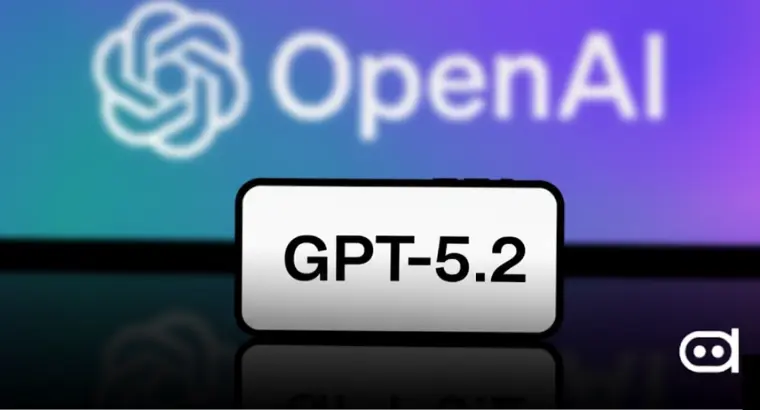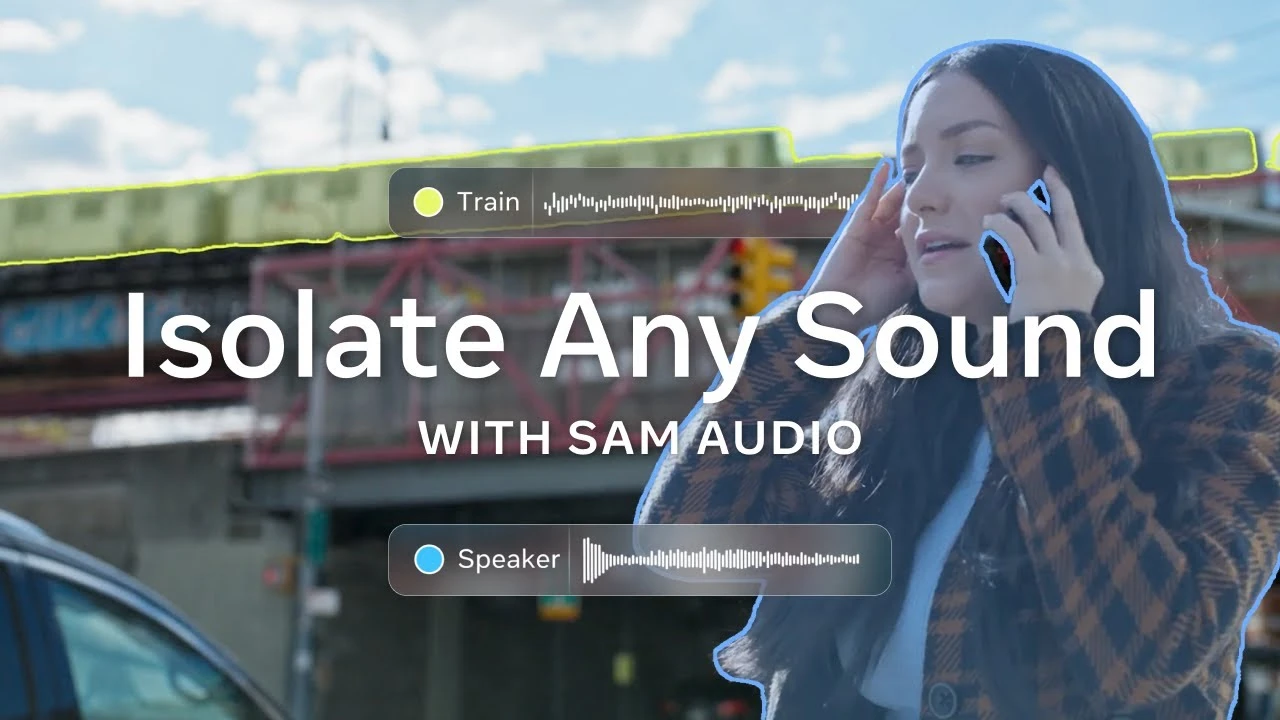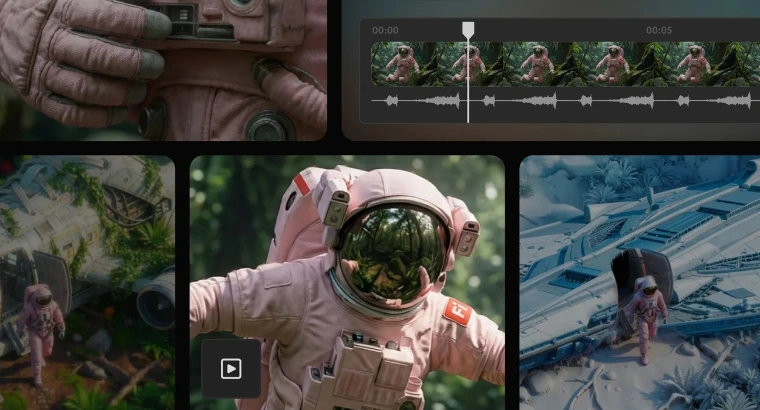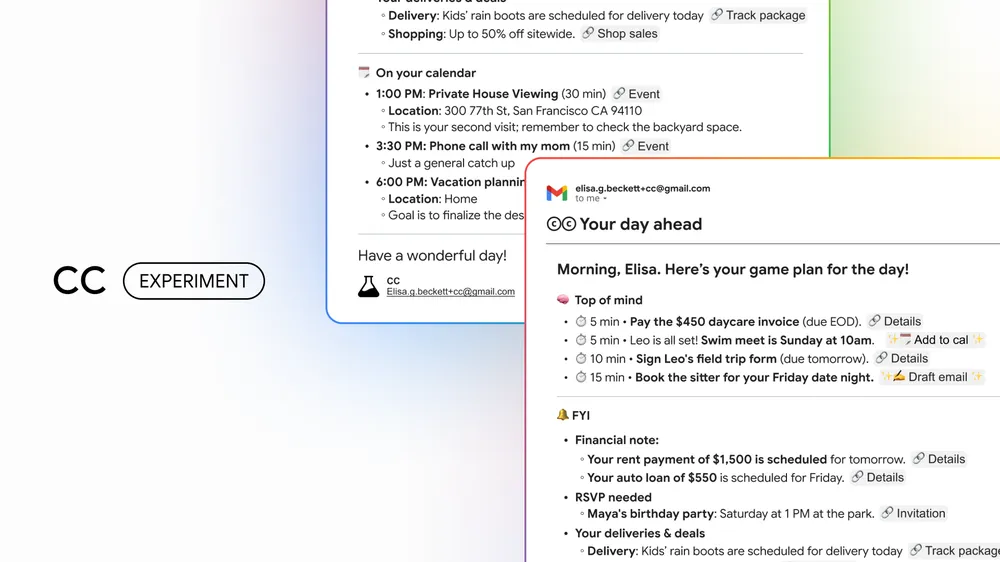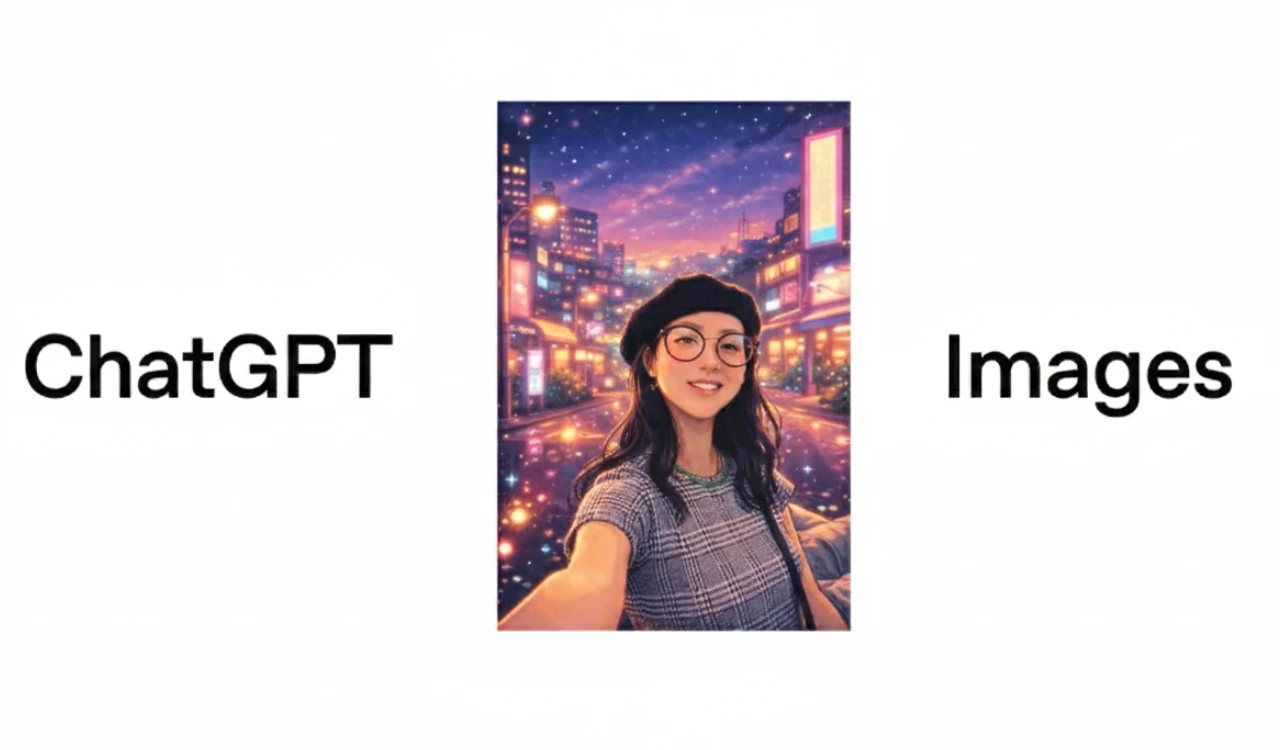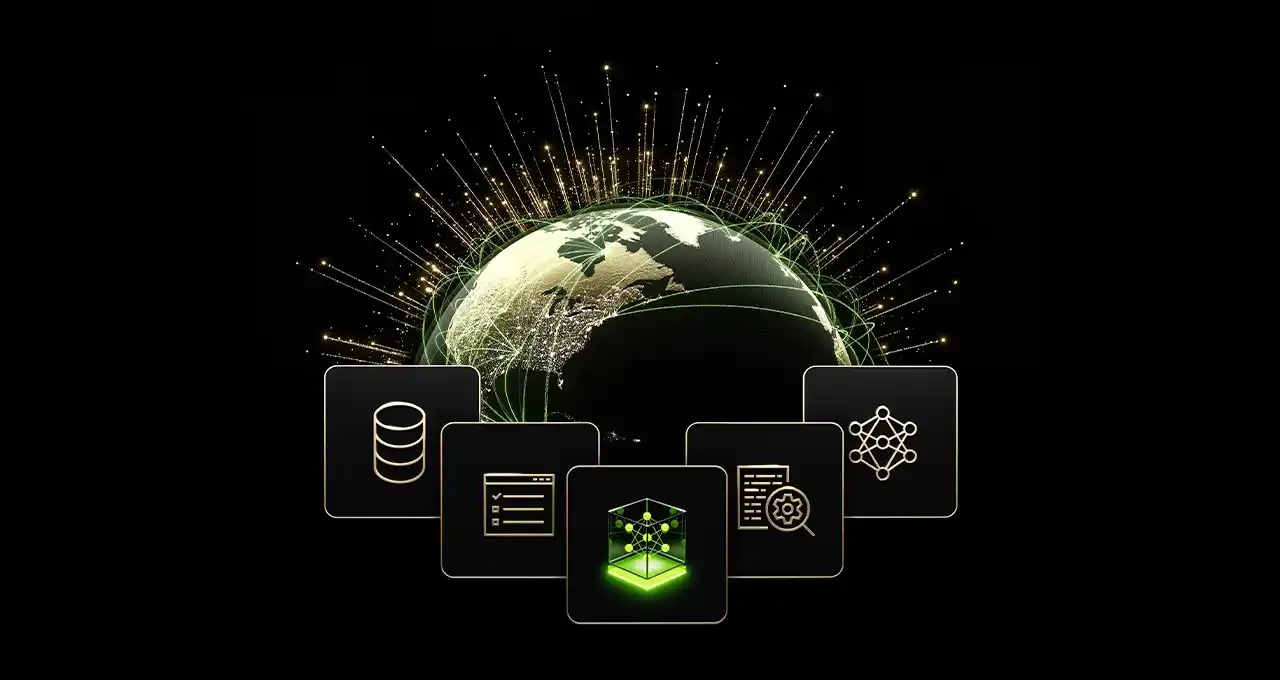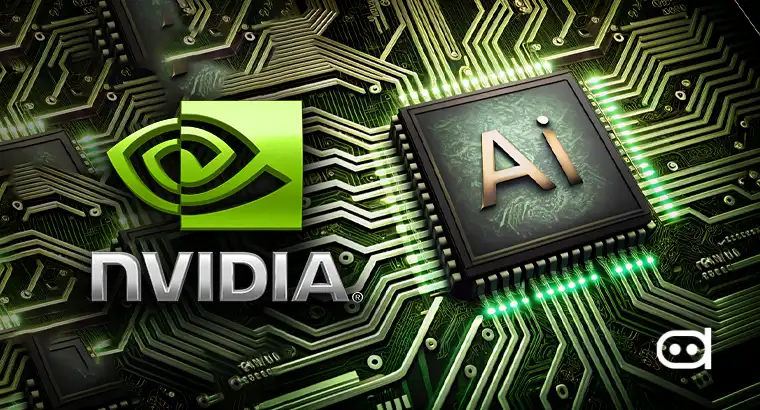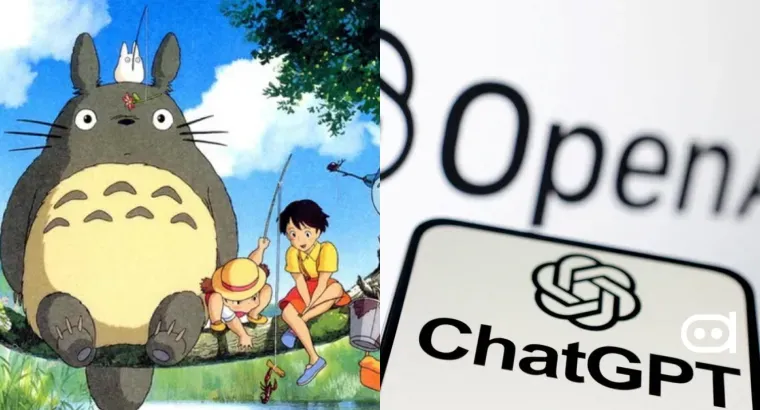
Key Highlights:
- Japanese artists have asked OpenAI to stop using their art work without permission.
- OpenAI is being asked to respond on copyright violation claims from Japanese authorities.
- OpenAI has not responded to any claims or accusations made by the artists.
Not long ago, a viral trend took over the internet where users were transforming their images into Ghibli-stytle anime edits by feeding them into ChatGPT. However, its a copyrighted form of art owned by the Japanese Studio Ghibli, and they allege that OpenAI did not seek their consent to use their art-form in this manner. The topic has now been raised by the Content Overseas Distribution Association (CODA), a group of Japanese artists and publishers, asking OpenAI to stop using their work for training AI, and further distributing it.
The Plea of Japanese Artists
The CODA has written a letter to OpenAI stating that its Sora 2 video generator creates videos that resembles the japanese anime style. However, much of the artform of thsi style is protected by copyright as per Japanese laws. Despite of this fact, the CODA alleges that OpenAI is using copyrighted art from renowned artists to train its AI models, and publish such content.
The association seeks two actions from OpenAI over this matter:
- The CODA wants OpenAI to stop using Japanese art-form without gaining consent from the artist or publishing studio.
- OpenAI should sincerely respond to all claims and enquiries from the CODA regarding the alleged infringement of copyright laws in this matter.
OpenAI has not issued any public statement on this. The legal perspective of this situation is also complicated as many international laws have a fair usage policy even for copyrigted content. Since the AI media generation technology is new, it is unclear whether OpenAI’s move actually violate any laws directly or not, as this is the first case of its kind.
Why Are Japanese Artists Not Happy With OpenAI
On one hand, it is comlpetely unfair that OpenAI is using Japanese art without any consent or credit to train its models, and increase the ChatGPT paid subscriber base. On the flip-side, online trends like these bring more recognition to the publisher, which is priceless compared to real world money. Despite the ever increasing popularity of Japanese art, especially after the recent Ghibli-style trend, artists are not happy with OpenAI, and other AI companies in the world that are recreating their art.
Although there’s no direct explanation, the answer may lie within the Japanese culture. Japan takes immense pride in their creations, from art form to engineering. For a reason, Japanese products carry a reputation to have high quality. For example, world’s biggest motor company Toyota is from Japan, who are renowned for their reliable engines, Yamaha for its acoustics, Sony for its cameras, and so on.
Japanese culture has a high respect for craftsmanship, which helps them build high-quality products. It is often considered rude to take shortcuts and cut corners for completing any tasks. When we look at the broader picture, art style like Ghibli and other Japanese anime take years to develop and master, but OpenAI is recreating them by almost copying the idea. This goes against the Japanese mindset, resulting in unhappy artsists.
Ghibli Was A Soft Target For OpenAI
OpenAI has been accused of stealing content by almost every digital publisher in the world. Even social media discussion platforms like Reddit and Quora have claimed the Altman-led company to be stealing data to train its AI. While OpenAI keeps looking for new sources of information, it easier for them to deal with small-scale and non-litigious companies, instead of taking on mega corporates.
Let’s think from a broader perspective. Out of all the art forms in the world, OpenAI used Ghibli to showcase its new image generation model earlier this year, and that’s how the Ghibli-trend took off. This could be a deliberate move from the company, as Ghibli was less likely to get into a legal battle. Compare it to other global media houses like Disney, Nintento, and others, OpenAI would have got dragged to the courts for using their respective art.
It is possible that OpenAI used Ghbili as a shield, to break into the Japanese artform. Ghibli was big enough to be recognized by the people, but not large enough to get a legal warfare. However, there is no concrete evidence of the same, and this could be well be just a co-incidence.
OpenAI currently faces yet another request and possible litigation from the CODA to stop using Japanese artform for train its AI. It will be interesting to see how the company responds.

